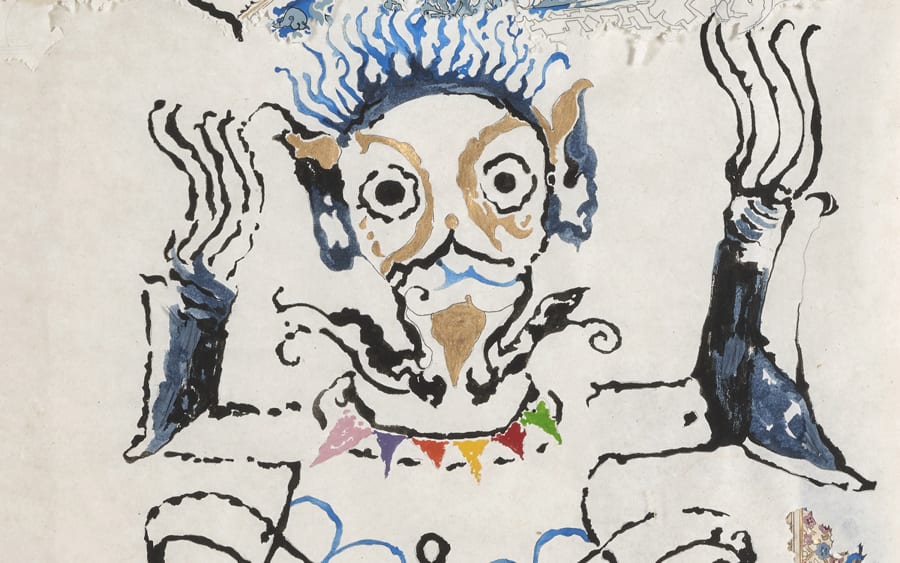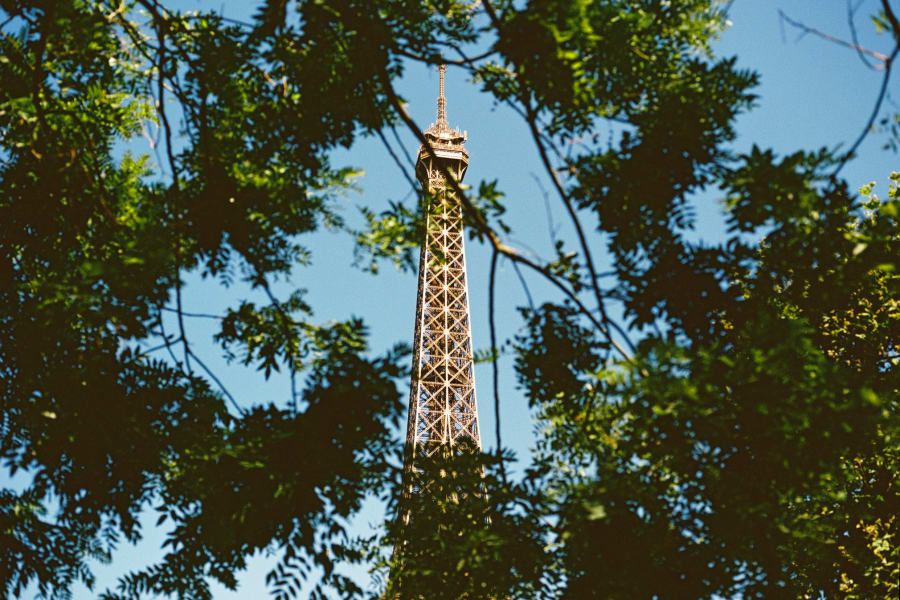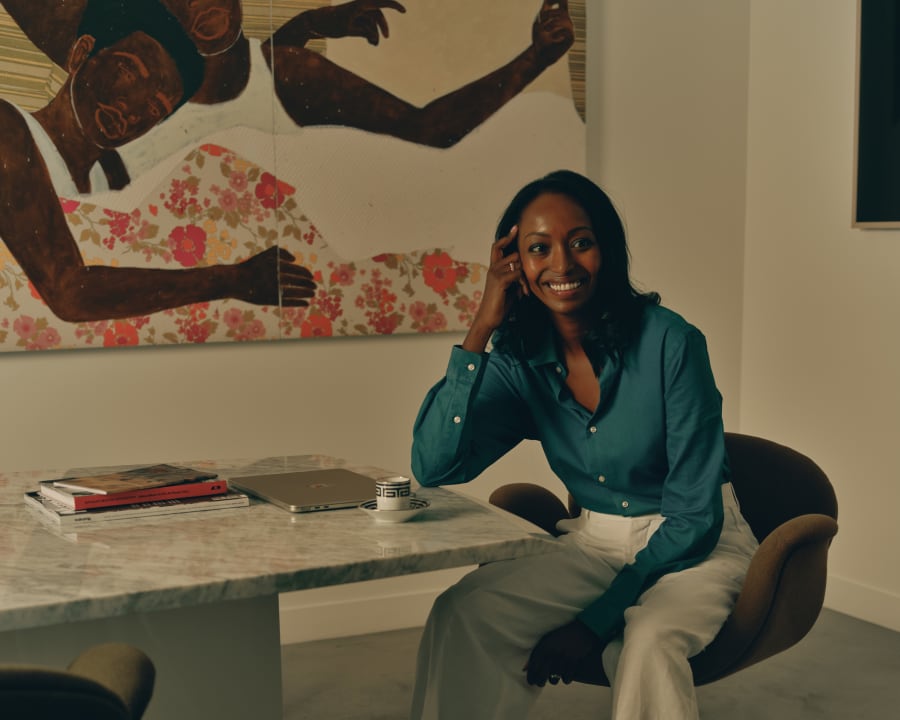‘For me, Arte Povera is a state of mind,’ says curator Carolyn Christov-Bakargiev, who, when we speak, is organizing an expansive exhibition focused on 13 Italian artists historically associated with the concept. This fall, visitors to Paris’s Bourse de Commerce will find ample opportunity to explore that mindset in a show featuring more than 250 artworks drawn from private and public collections, including 50 important works from the Pinault Collection. Christov-Bakargiev, who recently retired from her role leading Turin’s Castello di Rivoli – an institution she lovingly refers to as the ‘mother ship’ of Arte Povera – brings to bear nearly four decades of expertise in working with artists such as Giovanni Anselmo, Alighiero Boetti, Jannis Kounellis, Mario Merz, Marisa Merz, Giulio Paolini, Giuseppe Penone, Michelangelo Pistoletto, Emilio Prini, and Gilberto Zorio. In Paris, she will focus on Arte Povera’s era of collective activity 1968–1972, which will provide a solid introduction for the uninitiated. This show, however, reaches beyond the typical survey by identifying a historical precedent for each artist’s individual project and charting their palpable influence on contemporary art today.
At the heart of the exhibition is the Bourse de Commerce’s central rotunda, where a group presentation will evoke the renowned Deposito d’Arte Presente, a borrowed commercial space in Turin that provided the foundation for the artists’ radical experimentations with materials, objects, and ideas. Working independently while exhibiting together, the artists fed off a collective spirit, pioneering an art form that we would today call installation. In the late 1960s, it was a means to explore the limits and the ontological bases of traditional artistic disciplines as well as ways of being in the world. Christov-Bakargiev emphasizes the importance of these developments: ‘[These artists] didn’t use the term installation, but it’s not a sculpture, it’s not a painting. It’s a place, not a space: a place without edges or borders. And, in that place, you, the viewer, are like an actor on a stage of art.’ As with any physical object encountered in an exhibition, Arte Povera artworks exist in the same phenomenological space as the viewer. What distinguishes them is the way they are designed to transcend the historical moment of their making by responding to and transforming our embodied experience of a place.
From this central ensemble, 13 of what Christov-Bakargiev calls ‘lines of flight’ take off, with solo shows exploring each artist through signature works, several of which are rare surprises that the curator discovered in the artists’ archives, or pieces seldom seen since the 1960s. Each miniature monographic survey is accompanied by a work of historical art that relates to the artist’s practice, ranging from an Etruscan vase borrowed from the Louvre Museum to a lapis lazuli statue from ancient Persia to a painting by the Russian avant-garde artist Kazimir Malevich. There are also interstitial passages featuring new works by international artists for whom Arte Povera might be considered an antecedent, such as Theaster Gates, D. Harding, Otobong Nkanga, and Grazia Toderi.
These temporal and material shifts weave together to emphasize fluidity, rather than homogeneity. It’s a strategy that offers new perspectives on seemingly distinct categories, such as past and present, painting and sculpture, nature and culture. ‘You know, Arte Povera doesn’t talk about nature,’ Christov-Bakargiev tells me. ‘Arte Povera believes that nature and culture are the same thing.’ Indeed, Arte Povera has never been about making works with poor materials, despite lamentably literal translations of the moniker. Rather, as the American-Italian curator argues, ‘It’s about the energetic transformations of matter that enable you to perceive that the work is also alive, and that allow for a phenomenological understanding of life as something in a state of constant change.’
The ways in which Arte Povera can heighten awareness of our ongoing entanglement with history, the environment, and each other is apparent outside the Bourse de Commerce as well, where visitors are greeted by Penone’s gravity-defying monumental sculpture Idee di pietra—1532 kg di luce (Ideas of Stone – 1532 kg of Light, 2010). On the building itself, Mario Merz’s neon numerals (Fibonacci Sequence, 1984) ring the balustrade, bringing medieval logic to bear on a 19th-century structure. More than this, the numbers form a meditation on individual and collective powers, reminding visitors that even the largest conceivable number is only arrived at by beginning with the number one.
Christov-Bakargiev hopes viewers will walk away from the show with a new understanding of Arte Povera’s contributions to art history as well as of its continued potential to shift our world view toward something more fluid, interconnected, and Mediterranean. With Arte Povera, she concludes, ‘there’s a not-knowing what is the boundary of the work that allows the viewer to understand they are alive, here and now, and that being alive is very precious.’ This makes the opportunity to view so many artworks in person truly unmissable.
‘Arte Povera’
Bourse de Commerce - Pinault Collection
From October 9, 2024, to January 20, 2025
Elizabeth Mangini is an art historian and a professor at California College of the Arts, San Francisco, USA. Her writings on Arte Povera include the recent monograph Seeing through Closed Eyelids: Giuseppe Penone and the Nature of Sculpture (University of Toronto Press, 2021).
Caption for header image: Michelangelo Pistoletto, Venere degli stracci, 1967. Courtesy of Castello di Rivoli Museo d’Arte Contemporanea (Rivoli-Turin). Loan of Fondazione per l’Arte Moderna e Contemporanea CRT. Photo: Paolo Pellion


